How to Accurately Check Your Tire Pressure
Among the most neglected aspects of vehicle maintenance is monitoring your car's tire pressure. Properly inflated tires are crucial for both safety and performance, especially on a Toyota. Here's the best method to ensure your tires stay inflated correctly.
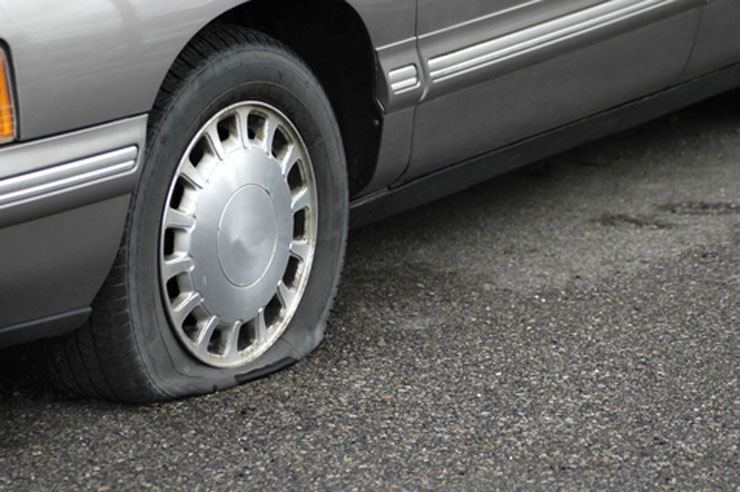
Regularly checking your tire pressure can prevent unexpected flat tires and save you money in the long run.
Underinflated tires can lead to numerous problems, including uneven tread wear, potential blowouts, and reduced fuel efficiency. Driving with insufficient air pressure not only affects your vehicle's handling but also increases your fuel consumption. For every 3 PSI below the recommended level, you could lose about 1% of your fuel economy and accelerate tire wear by 10%. This means more frequent replacements and higher costs over time.
So, what steps can you take to maintain optimal tire pressure? Follow these simple guidelines:
- Invest in a reliable tire pressure gauge, preferably a digital model, which is both convenient and accurate.
- Locate the sticker inside your vehicle that specifies the correct tire pressure—this information is often found on the driver-side doorjamb or within the owner's manual.
- Always check your tire pressure when the tires are cold, meaning before you've driven more than a few miles. Hot tires from recent driving can give misleading readings due to increased pressure caused by heat buildup.
When measuring your tire pressure:
- Press the gauge firmly onto the valve stem until you hear a soft hissing sound. Hold it there briefly—just 1-2 seconds—to avoid losing unnecessary air.
- Compare the measured value against the recommended pressure listed in your vehicle's documentation. If needed, inflate the tires either at a nearby gas station or using a portable air compressor at home.
Many automotive professionals suggest checking your tire pressure monthly. It’s a straightforward task that helps keep your Toyota running smoothly and efficiently. Regular checks can prevent costly repairs down the road while ensuring a safer driving experience.
In addition to regular checks, consider rotating your tires every 5,000 to 7,000 miles to promote even wear across all four wheels. Additionally, inspect your tires for signs of damage such as cuts, bulges, or excessive wear, and replace them if necessary.
Remember, maintaining proper tire pressure isn't just good for your wallet—it's essential for your safety and the longevity of your vehicle. So make tire checks a part of your routine maintenance schedule.
Related Articles
PurifierVacuumGasMaskFiltrationProductionEquipment
Purifier,,filter,equipment
ChangZhou FENGJU Machinery Equipment CO., LTD , https://www.fengjumachinery.com
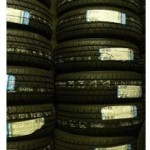 6 Ways To Extend The Life Of Your Tires
6 Ways To Extend The Life Of Your Tires
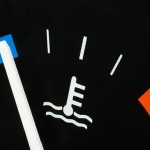 How To Figure Out Why Your Toyota Is Overheating
How To Figure Out Why Your Toyota Is Overheating
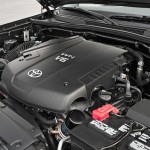 Toyota Tacoma Maintenance – Replace Spark Plugs
Toyota Tacoma Maintenance – Replace Spark Plugs
 Lexus SC 2002-2010 Paint Code Guide
Lexus SC 2002-2010 Paint Code Guide
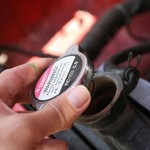 Toyota Radiator Maintenance – Checking Fluid Levels
Toyota Radiator Maintenance – Checking Fluid Levels
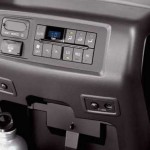 Toyota 4Runner Heater Not Working? Troubleshooting Guide
Toyota 4Runner Heater Not Working? Troubleshooting Guide